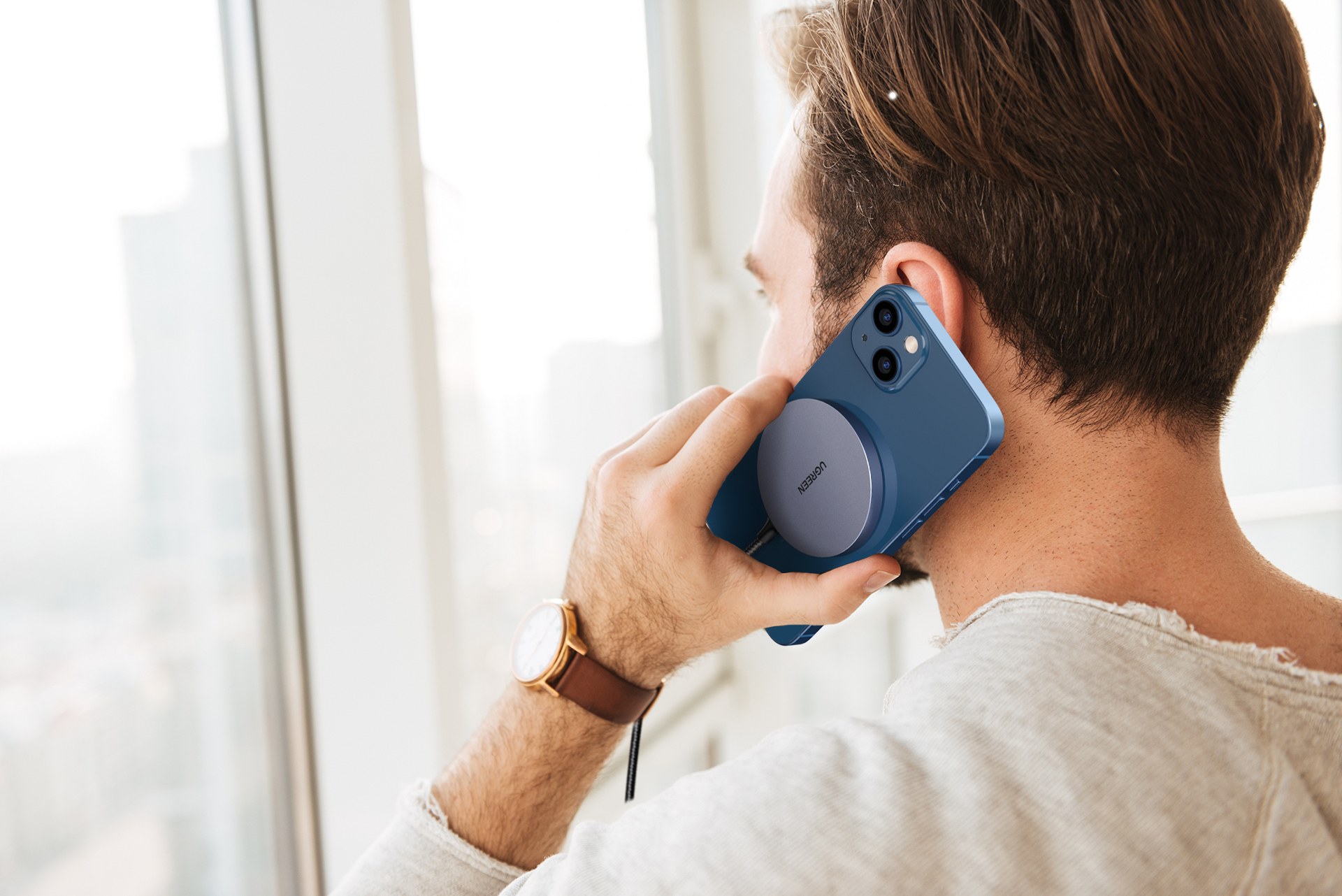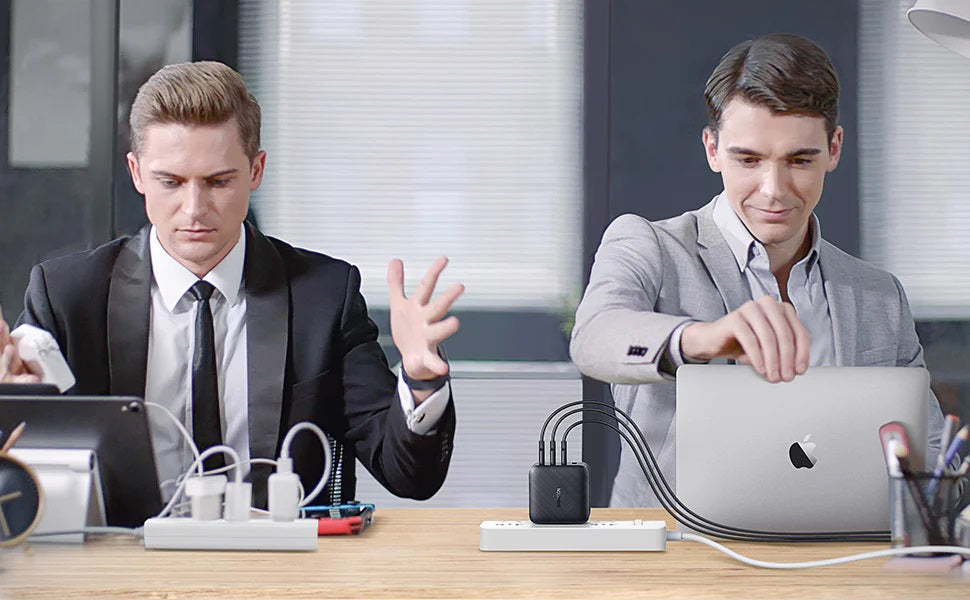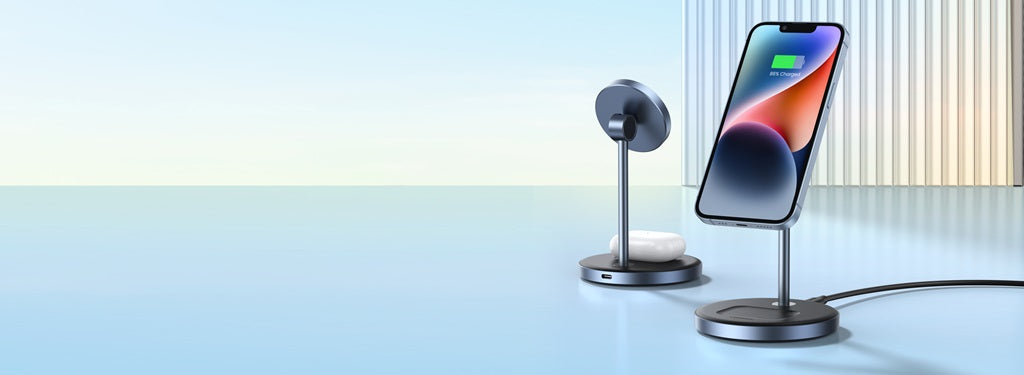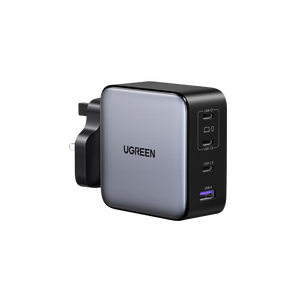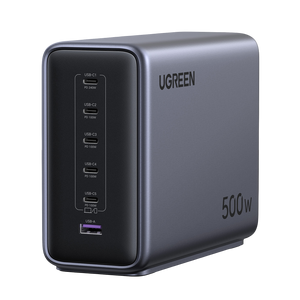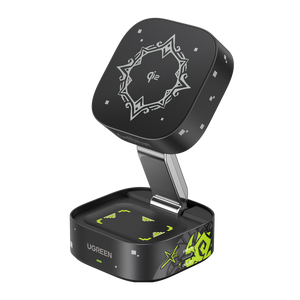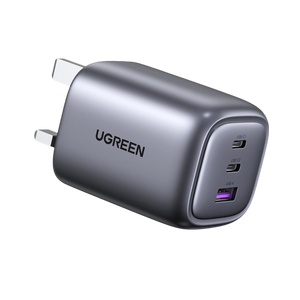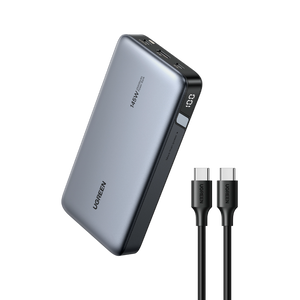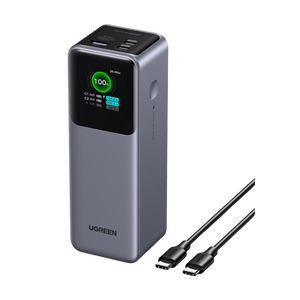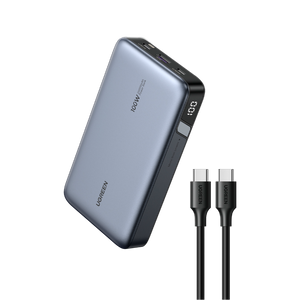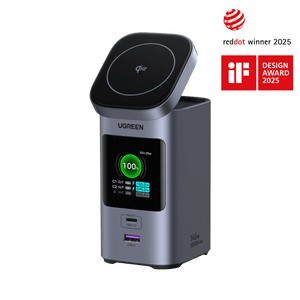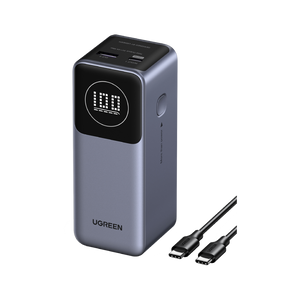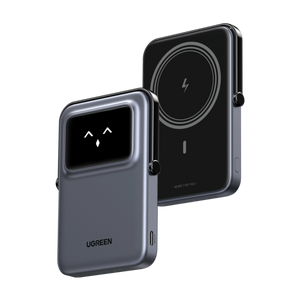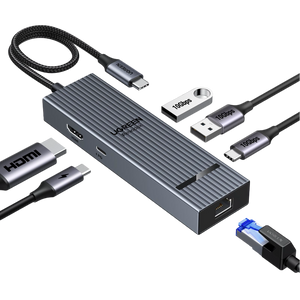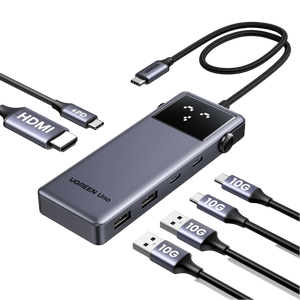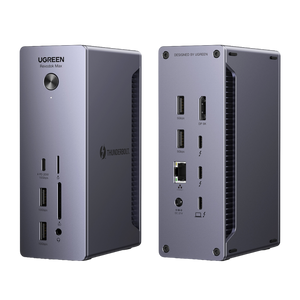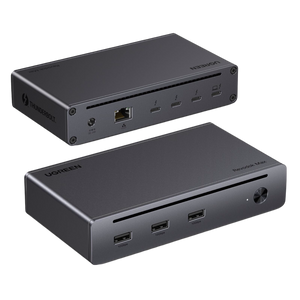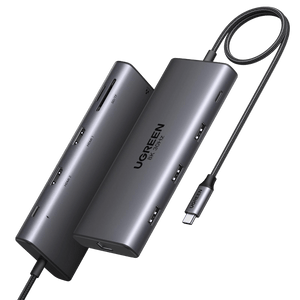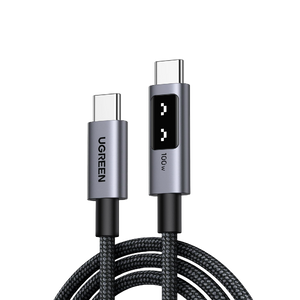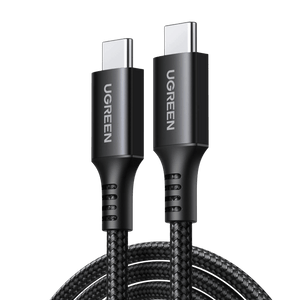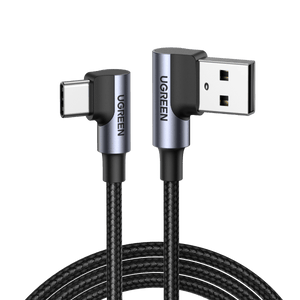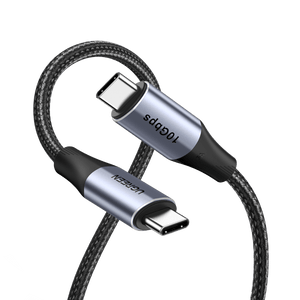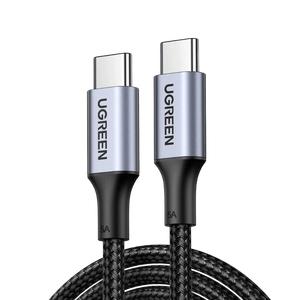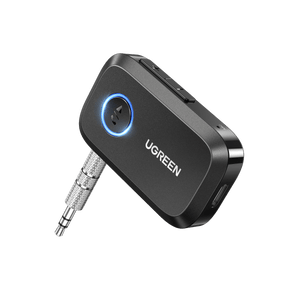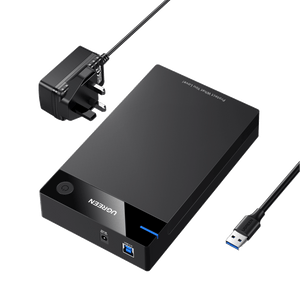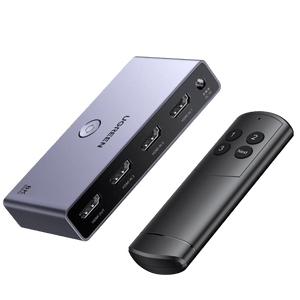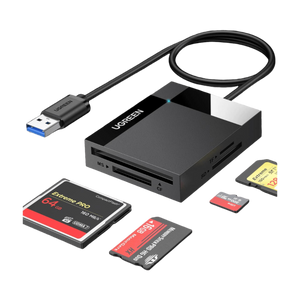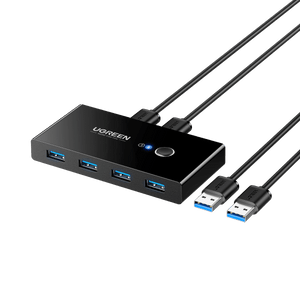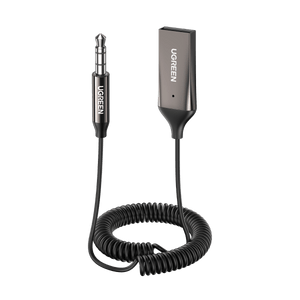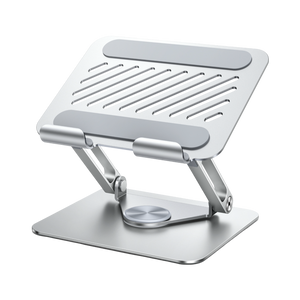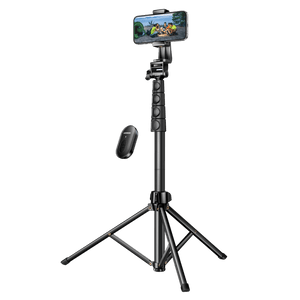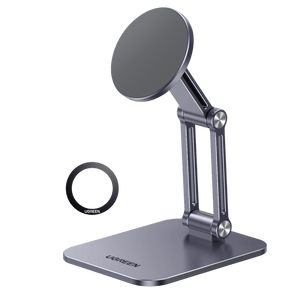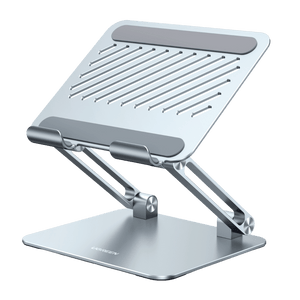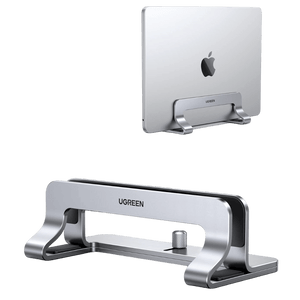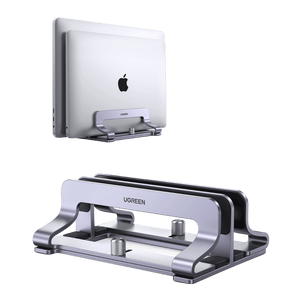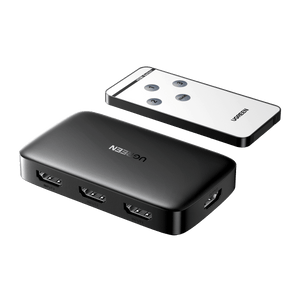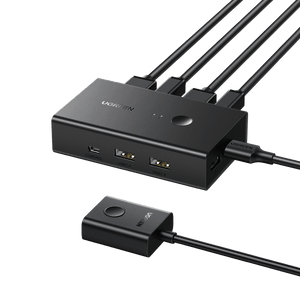How to Charge Your Phone Without a Cable (4 Proven Methods You Can Try)
You're heading out the door or halfway through your busy day when your phone hits 5%. You dash for your charging cable, but it’s nowhere to be found. Perhaps it's somewhere in your house, or maybe you misplaced it or simply forgot it. Either way, your options just got limited. Situations like these aren't unusual. In fact, they're happening more frequently as our phones take on multiple roles, including wallet, boarding pass, fitness tracker, translator, and emergency call. That's why knowing how to charge your phone without a cable is more than a neat trick; it's a backup plan every phone owner should know.
Today, the absence of a cable doesn’t mean your phone has to be powerless. With options like wireless charging pads, magnetic battery packs, and reverse charging, the charging ecosystem has been quietly evolving. There are at least four reliable ways of keeping your phone powered up when the cable is missing. So, what are these alternatives, and when should you use each one? Let's explore the most functional, efficient, and travel-friendly solutions that enable you to charge your phone without a cable.
1. Using a Wireless Charging Pad
If you’re curious about how to charge your phone without a cable, the easiest place to start is with a wireless charging pad. At the centre of this charging method is Qi (pronounced "chee") wireless charging, an industry standard created by the Wireless Power Consortium. It operates on the principle of electromagnetic induction, which is the same technology used in electric toothbrush stands and induction cooking surfaces.

Hidden inside the pad is a coil that generates a pulsating magnetic field. When your phone (which is also equipped with a coil) is positioned on it, that field is used to deliver energy into the battery wirelessly.
Most newer phones support Qi charging out of the box. Here is a quick list of compatible models:
| Brand | Compatible Models |
|---|---|
| Apple | iPhone 8 and later (including SE 2020/2022, iPhone 15) |
| Samsung | Galaxy S6 and later, Note 5 and later, Z Fold series |
| Google Pixel | Pixel 3 and later (Pixel 5 and later support 10W+) |
| OnePlus | OnePlus 8 Pro, 9 Pro, 10 Pro and later |
| LG | LG V30, G6 (US model), and later |
| Sony | Xperia XZ3, Xperia 1 series |
Important Usage Notes
- Alignment is key: If the coils are not properly aligned, charging will stop or slow down. Some pads have LEDs or magnetic rings to facilitate placement.
- Cases interfere: Thick or metal-backed cases will get in the way of charging. For optimal results, use thin, non-metal cases.
- Speed varies: All phones don’t charge at the same speed wirelessly. Older phones may peak at 5W, and new phones can handle up to 15W or more.
In short, a Qi wireless charging pad is the simplest way to charge your phone if you don’t have your cable. It offers a smooth, easy experience, which is ideal for home, office, or travel. As more brands and devices adopt this technology, it's no longer a luxury exclusive; it's the new norm.
2. Enabling Reverse Wireless Charging Between Phones
Ever wished your phone could help a friend out by giving their device a bit of power? That’s exactly what reverse wireless charging does, your phone becomes the charger. While it’s not something you’d use every day, it’s surprisingly handy in a pinch especially when dealing with small gadgets like earbuds or smartwatches.
What is Reverse Wireless Charging?
Reverse wireless charging, also known as Wireless PowerShare, lets a phone with wireless charging capabilities share power with another Qi-compatible device like earbuds, watches, or even a second smartphone. Instead of connecting to a pad or docking station, the two devices are placed back-to-back, using the same magnetic-induction technology of a charging pad; just in reverse.

Do You Have a Compatible Phone?
This feature is not universal. As of 2025, here are some commonly supported phones:
| Brand | Models Supporting Reverse Wireless Charging |
|---|---|
| Samsung | Galaxy S10 and above, Note10 and above, Fold series, S20–S24 Ultra |
| Huawei | Mate 20 Pro, Mate 30/40, P40–P50 series |
| Pixel 5 and later models | |
| Honor/Xiaomi | Varies with flagship, check device specs |
| Apple | No |
You will also need a target Qi wireless charging-capable device, such as:
- Phones: iPhone 8 and subsequent, Samsung Galaxy S6 and subsequent
- Earbuds: AirPods Pro 2, Galaxy Buds, Pixel Buds
- Smartwatches: Galaxy Watch, certain Huawei models
How to Turn It On
Most brands require manual activation. For example, on Samsung: Settings > Battery and Device Care > Battery > Wireless PowerShare. After turning it on, put both device’s backs so the coils are touching. Charging will begin automatically, but only if your phone has enough juice to share.
Key Limitations to Be Aware Of
| Problem | Details |
|---|---|
| Power Limits | Most reverse charging tops out at 4.5W–5W, much less than regular wireless (10W–15W) |
| Battery Threshold | Only effective if phone battery is above 30–40% |
| Heat Buildup | Low efficiency, and devices can become hot |
| Alignment Sensitive | Small misalignments can prevent or interrupt charging |
| Battery Stress | Long-term use lowers host phone battery health |
Is It Worth Using?
| Situation | Recommendation |
|---|---|
| Emergency top-up (earbuds/watch) | Yes, very handy |
| Charging another phone completely | Not worth it |
| Regular use | Not optimal |
| Travel or outdoor backup | Can be useful |
So, reverse wireless charging is a great option in a bind, but it's best seen as a temporary fix that's great for wearables or emergencies but not your primary power source.
3. Using Chargers or Power Banks with Built-in Cables (No Need for Users to Bring Their Own Cables)
Not all charging solutions need to be wireless to offer a seamless experience. Chargers or power banks with retractable or built-in cables provide the ideal middle ground, combining wired efficiency with the convenience of not having to lug around individual cables. While these options don’t eliminate wires, they enhance the charging experience by incorporating the cables into the charger itself. This means no packing, no tangling, and no forgetting. Just plug in and go.
A Closer Look at UGREEN’s Retractable Series Chargers
The UGREEN Nexode 65W GaN Charger redefines convenience by integrating a retractable 0.69-metre USB-C cable directly into its sleek, travel-friendly body. With eight adjustable length settings, the cable extends smoothly to suit your space. You can make it short for tight co-working desks or longer when you need to reach awkward spots behind hotel beds or café furniture. Once done, it retracts cleanly back into place, leaving no mess behind. This all-in-one design lets you leave the cables that you don't need behind at home without sacrificing flexibility.

Key Highlights:
Powerful Multi-Device Charging
What sets this charger apart is the fact that it possesses three ports: two USB-C and one USB-A. This setup lets you charge your laptop, tablet, and phone all at once. Whether you are charging a MacBook Air, topping up an iPad, or Galaxy S24, the 65W output ensures fast charging and balanced power delivery across all connected devices.

GaNInfinity™: Smaller, Smarter, Cooler
Inside, GaNInfinity™ technology keeps things compact and cool. GaN outcompetes standard silicon chargers with better efficiency and heat dissipation, all without sacrificing portability or power. Perfect for anyone who wishes to travel light but not at the expense of fast charging.

Built to Last
Durability is not an afterthought. The retraction mechanism has been tested to retract over 25,000 times. Also, the cable has endured more than 10,000 bends in laboratory conditions. That way, you can count on it day in and day out, whether you're commuting, running between flights, or just recharging in a shared workspace.

This type of retractable charger appeals to a wide range of users, including frequent flyers, business travellers, students, and anyone tired of carrying or losing charging cables.
{{UGPRODUCT}}
4. Using Magnetic Wireless Power Banks (MagSafe or Magnetic Battery Packs)
Magnetic wireless power banks are one of the easiest and most convenient ways to charge your phone without a traditional cable. Designed to snap onto the back of compatible phones with precision satisfaction, these magnetic battery packs blend portability, convenience, and minimalist style into one neat package.

Compatibility and Setup
The magnetic design is tailored specifically for iPhones 12/13/14/15 and other MagSafe-compatible devices, thanks to their internal wireless charging coil and alignment ring. The connection is instant and safe. For Android users, this convenience is still within reach. With third-party magnetic cases or adhesive metal rings, many Android phones that support Qi wireless charging can mimic the MagSafe experience.
Here's a compatibility snapshot:
| Platform | Compatible Models |
|---|---|
| Apple | iPhone 12, 13, 14, 15 (all models) |
| Android | Magnetic case/ring-friendly Qi phones (e.g., Galaxy S23, Pixel 8 Pro with magnetic adapter) |
The power bank charges instantly once attached, aligning itself to the coil's sweet spot of the coil for optimal efficiency.
Benefits of Magnetic Wireless Charging
The strongest selling point of magnetic wireless banks is the ease of attachment. There are no cables hanging loose, no misalignment issues, and you can connect them with one hand; just click and go. This convenience is ideal for commuters, travellers, or anyone multitasking. Most models also support fast wireless charging standards like 7.5W for iPhones and 15W for Android, which provide respectable charging speeds on the move.
Limitations and Considerations
Despite their popularity, magnetic wireless chargers do have their limitations. One notable drawback is their battery capacity, which typically ranges between 5,000mAh and 10,000mAh. This amount is generally sufficient for a single top-up of a phone but may not offer much beyond that. Additionally, magnetic chargers tend to generate more heat than wired chargers, and thanks to the coil-to-coil transmission, charging speeds can suffer compared to plugging in directly.
Price is another factor. Quality magnetic packs are at a premium, especially those that are MagSafe-certified. While the magnetic hold is strong, it works best with smooth cases; some textured surfaces can interfere with the grip.
Who It’s Great For
Magnetic power banks are an excellent choice for anyone who hates dealing with cords. They are perfect for those who want a truly mobile charging experience. They are particularly appealing to minimalists, digital nomads, and content creators who live for continuous filming and social media engagement.
However, it’s important to note that for more extended travel or fall-day use, carry a secondary high-capacity wired power bank to avoid running out of battery.
Practical Tips for Wireless Charging
Wireless charging went from novelty to necessity, especially for light travellers or those who always seem to forget their chargers. To truly maximise its benefits, you need more than a compatible phone. You need smart tools, small tweaks, and relevant information. Here are proven tips on how to make wireless charging convenient and reliable anywhere you go.
Choose Slim, Wireless-Compatible Cases
A metal or heavy case is probably the most common reason your wireless charger fails to work or functions poorly. Opt for cases that are no thicker than 3mm and are labelled as Qi-compatible or MagSafe-ready. These types of cases allow the coils within your device and charger to align properly. Android users using magnetic adapters should ensure that the metallic ring is centred on the back of the phone. Even a slight misalignment can prevent charging altogether.
Travel Smarter with Integrated Cables
Wired isn't always the best option when you're in a hurry. Frequent travellers will appreciate the UGREEN Nexode 65W GaN Charger with Retractable USB-C Cable as a smart solution. The integrated 0.69m cable is available in eight lengths, helping you stay organised while offering convenience in airports, hotels, or shared office space. It supports high-speed 65W charging, enough to power a MacBook Air to 84% in just an hour. This feature makes it perfect for users juggling multiple devices.
Invest in Fast Wireless Charging Tech
Most budget pads still only offer 5W charging. That's fine for overnight charging but not ideal for quick charges between meetings. Look for models that offer 15W Power Delivery (PD) or certified MagSafe 15W if you use your phone frequently throughout the day. Some of the best magnetic wireless banks now offer rapid wireless charging with magnet alignment and portability.
Get the Alignment Right
If your phone becomes hot or charging keeps cutting out, the culprit is probably misalignment. Wireless charging relies on aligning the transmitter coil (in the pad or bank) with the receiver coil (in your phone). That's why so many newer phones have magnets, LED lights, or even vibration feedback to help position the phone correctly.
Frequently Asked Questions
Is wireless charging slower than wired?
Yes, depending on your setup. Traditional wired charging still has its speed advantage, especially when using high-wattage USB-C chargers. However, this difference is shrinking. Fast wireless chargers of 15W or higher, especially when paired with power-efficient phones like the Galaxy S24 or iPhone 15, now offer charge rates that are fast enough for practical daily use.
Does reverse wireless charging consume battery quickly?
Yes, it will. Think of it as a last-resort lifeline, not a daily tool. Wireless charging in reverse lets you charge earbuds or a watch in a pinch, but it draws power from your phone's battery and generates heat. Most phones turn off this feature automatically when your battery gets too low (usually below 30–40%). So, only use it when traveling or during unexpected accessory emergencies.
Are products with built-in cables considered “wireless”?
Not technically. These products are still dependent on a cable, but they provide an experience that feels wireless. You don't need to pack or untangle cables, and the cable is always where you need it.
Is charging speed with built-in cables slower than with ordinary cables?
If the engineering is done correctly, retractable chargers on the market can perform as well as high-quality individual cables. For example, a good 65W retractable charger can charge a MacBook Air (M4) to 84% charge in 60 minutes, matching the efficiency of top-end USB-C cables. The key lies in the internal design: using low-resistance cable, secure power routing, and heat optimisation.
Does the built-in cable have short-circuit and overload protection?
High-quality retractable cables typically do include safety features, and it's worth considering. Premium models include protective measures like thermal sensors, short-circuit protection, and anti-overload circuitry. Some even feature flame-retardant casing and sound-dampening materials to protect both you and your devices during multi-device charging sessions.
Is it suitable for charging multiple devices simultaneously?
Yes, as long as the charger is designed for that. Many retractable chargers offer dual or triple-port configurations (like 2 USB-C + 1 USB-A) and smart power delivery. This feature allows you to charge multiple devices all from a single small hub without lag or overheating.
Is the retractable cable smooth, durable, flexible, and resistant to jamming, breaking, or tangling?
Surprisingly, yes. The best retractable cables undergo rigorous stress testing, often more than 25,000 pull cycles and 10,000 bends. You can usually feel the difference in the way they extend and retract smoothly. For casual users or individuals always in transit, an effective retractable system means less cable replacement and less jamming.


